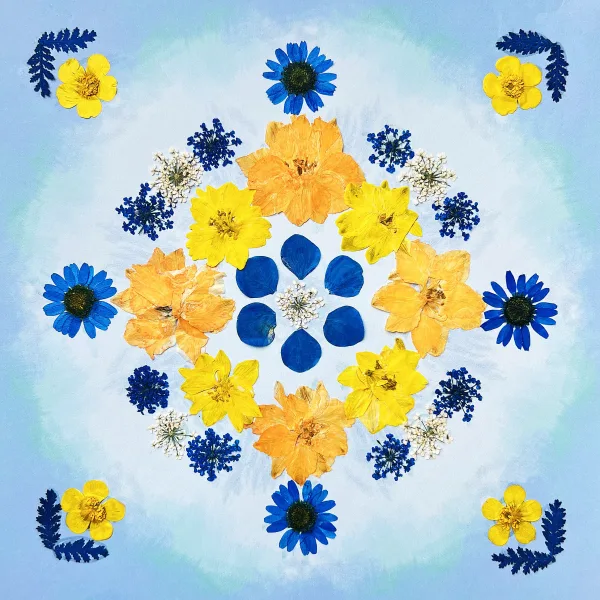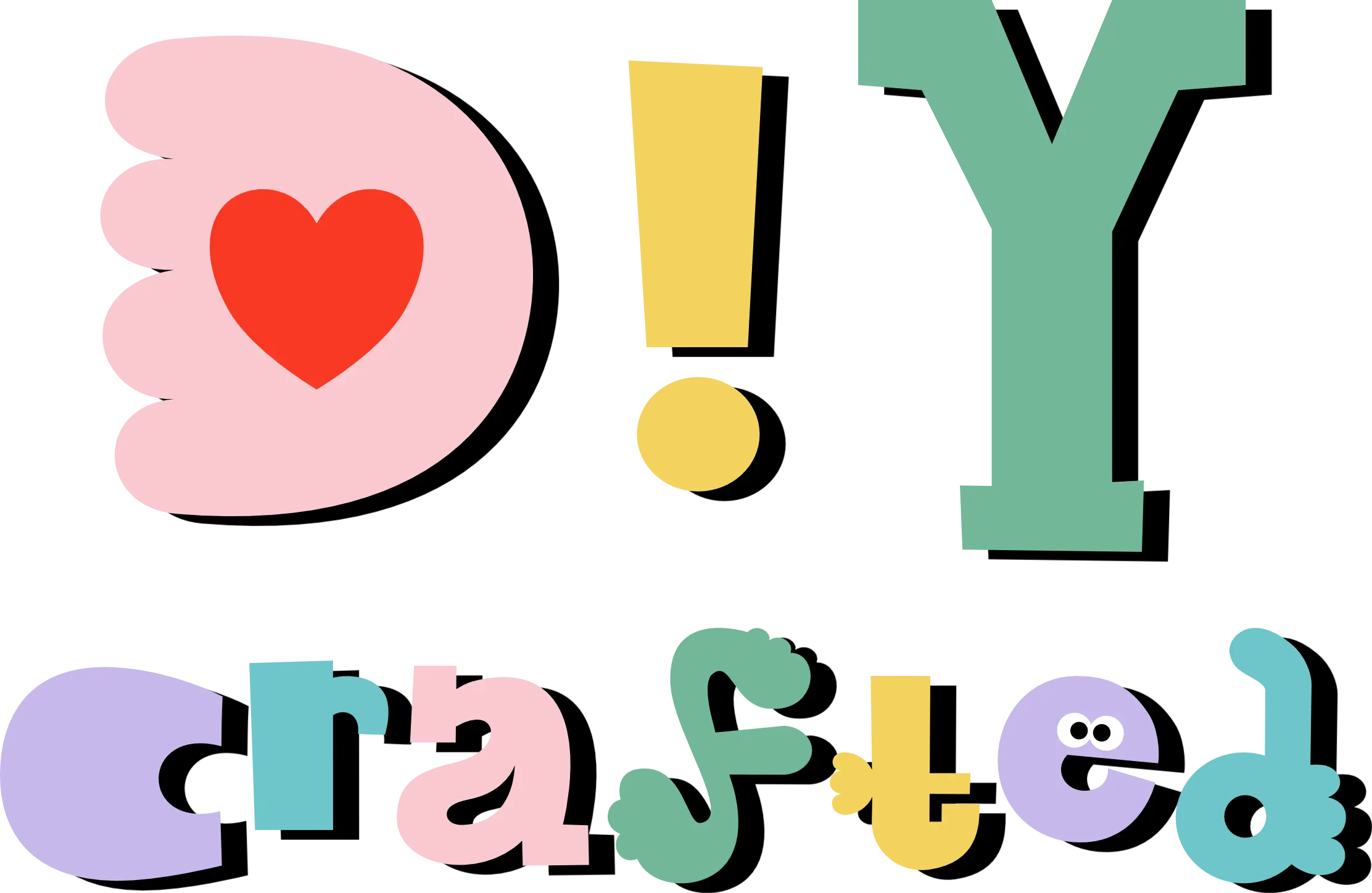In a world that moves too fast, we often lose touch with the very things that once brought us peace—color, creation, and quiet. Yet within each hue lies a hidden emotional language, and within each handmade act of creation lies a quiet space for reflection.
This is where color therapy DIY steps in. More than just crafting, it’s a mindful ritual—an invitation to understand your emotions through color, to return to yourself, and to feel deeply, softly, wholly.

What Is Color Therapy DIY and How Does It Affect Mood?
Color therapy DIY merges color psychology with hands-on artistic creation. It explores how different hues influence our emotions and how working with these colors through art can support emotional balance.
While responses to color can be shaped by memory and culture, many associations are surprisingly universal:
| Color | Emotional Vibe | Ideal When You Feel… |
|---|---|---|
| Red | Energy, Passion, Strength | Sluggish, unmotivated |
| Orange | Warmth, Vitality, Sociability | Uninspired, lonely |
| Yellow | Hope, Lightness, Confidence | Sad, insecure |
| Green | Peace, Renewal, Healing | Anxious, burned out |
| Blue | Calm, Clarity, Trust | Overwhelmed, scattered |
| Purple | Intuition, Self-awareness, Spirituality | Emotionally blocked |
| Pink | Gentleness, Nurturing, Compassion | Irritable, self-critical |
Color psychology suggests that just being around these tones can influence our mood—whether it’s the soft blue of a bedroom wall or the warm orange of a morning cup. But when you actively create using those colors, the emotional resonance becomes personal, embodied.
Color isn’t just aesthetic—it’s emotional. When combined with the hands-on rhythm of DIY art, it becomes a deeper kind of personal expression.
The Science Behind It
Research in neuroscience shows that certain colors activate regions of the brain related to memory, arousal, and even hormone regulation. For instance, green tones have been linked to lower cortisol levels, which may contribute to stress reduction. Similarly, exposure to soft pinks has been found to reduce aggressive behaviors in controlled studies.
In art therapy, color choices are often a window into subconscious thought. A person drawn to cool blues and whites may be seeking peace, while one reaching for reds may be channeling repressed emotion or inner conflict. These insights form the foundation of the color therapy DIY approach.
Why Color Therapy DIY Art Is a More Emotional Experience
DIY is often seen as “just crafting,” but when infused with intention, it becomes something more:
✦ A Meditative State Through Movement
The hands working slowly, the eyes focused, the mind gradually softening—this is flow state. When you’re immersed in the process, stress fades.
Unlike passive relaxation techniques like watching TV, DIY art encourages mindful movement. You do something with your feelings. The physicality of arranging, gluing, and brushing invites your nervous system to participate in release.
✦ Free Choice, Honest Expression
From choosing a flower to picking a background hue, every step of color therapy DIY puts the creative control in your hands. That’s where emotional clarity comes in—because you are the one deciding what your healing looks like.
It’s not about rules. It’s about resonance.
✦ Mandala Symmetry Offers Stability
Circular mandala designs offer psychological containment—an outer structure for inner emotions to organize and settle. The repeating pattern builds rhythm. The symmetry gives a sense of safety. And the center? It’s often interpreted as the “self.”
When you create a mandala from color and texture, you’re giving shape to how you feel inside.
Three Ways Color Therapy DIY Helps You Heal Through Art
At DIYCrafted, each kit is a complete sensory experience. Here are three ways our kits support healing through color therapy DIY:
🌈 1. Background Painting Reflects Mood
Kits like Creative Bloom and Botanic Radiance include soft pastel paints and mushroom brushes. Blending these colors across the canvas helps release tension and express emotional states.
There is no “right” background. Some people blend a single tone for harmony. Others layer colors like thoughts—messy, expressive, beautiful in their rawness.
“It felt like my emotions had a place to go,” one user shared. “I started with cloudy blue, then slowly added pink—and something just shifted inside me.”
🌸 2. Flower Color Placement Restructures Emotion
Dried flowers are selected using color psychology principles. Each petal carries tone, texture, and emotional significance. Arranging them into a symmetrical mandala becomes a metaphor for bringing order to internal chaos.
You may not notice it at first, but as you lay petal by petal, you begin to feel calmer. You begin to breathe deeper.
🔄 3. Mandala Grids Guide Emotional Flow
All kits include 4/8 or 6/12 segment mandala templates, offering structure while supporting emotional exploration. Whether you follow the grid precisely or let your creativity deviate, the visual rhythm brings comfort.
Some users say it feels like a map for emotions—starting outside and spiraling inward. Others say it feels like speaking without words.
How DIYCrafted Embeds Color Therapy DIY into Every Kit
| Material | How It Supports Color Therapy |
| Dried Flowers | Emotion-based color matching |
| Pastel Paints | Calming, low-stimulation palette |
| Textured Paper | Adds layered, expressive depth |
| Mandala Templates | Creates safe structure for release |
| Scented Candles | Sensory anchoring and immersion |
Each product is thoughtfully curated to activate not just creativity—but emotion.
Our Botanic Calm Series focuses on soft healing. The Soulful Calm Series introduces crystals, shells, and candles for deeper rituals. And our upcoming Color Focus Calm Series will dive even more intentionally into chromatic emotion.
Every kit offers something unique: not just a result, but a journey.
Choose Colors for Your Mood: A Color Therapy DIY Mini Guide
Try this self-guided practice:
Name your feeling
Identify your current emotion.Pick a color
Based on the chart or your intuition.Create freely
Paint, place, layer—let color be your language.Balance it
Add a supporting tone to round the emotional expression.
| Feeling | Recommended Colors | Why It Helps |
| Anxiety | Green, Blue | Slows the nervous system |
| Sadness | Yellow, Pink | Invites warmth and hope |
| Anger | Purple, White | Encourages self-reflection |
| Confusion | Orange, Blue | Combines clarity with joy |
Whether you’re using the Soul Awaken Kit or Serenity Start Kit, this guide helps turn your emotional state into art.
Real Stories: How Color Therapy DIY Supports Emotional Release
“I was going through a breakup when I made my first mandala. It wasn’t pretty—but it was mine. And afterward, I slept better.”
— Amanda, 34
“My daughter made one after a tough week at school. She chose yellow and pink, and said, ‘This makes me feel like a sunflower.’”
— Brianna, 41
These are more than crafts. They are quiet declarations of inner experience.
“I gave one to my best friend, and she cried. Not because of how it looked, but because she felt seen.” — Marla, 38
Kits Matched to Your Emotional Needs
| Emotional Need | Suggested Kit | Why It Works |
| Anxiety | Serenity Start Kit | Soft colors, quick build time |
| Restlessness | Creative Bloom Kit | Painting as release, flowers for focus |
| Emotional Block | Soul Expression Kit | Crystals + intuitive freedom |
| Empowerment | Soul Empower Kit | Deep texture + candle atmosphere |
Final Thought: Let Color Therapy DIY Become Your Ritual
You don’t need to be an artist. Just present. Let color therapy DIY help you explore how you feel, how you heal, and how you grow.
Make it a Sunday ritual. A monthly reset. A gift to yourself when you don’t know what you need—but know you need something.
“Create Calm. Feel Whole.”
It starts with color.
Explore More
External Resource
Learn more about Color Psychology.
